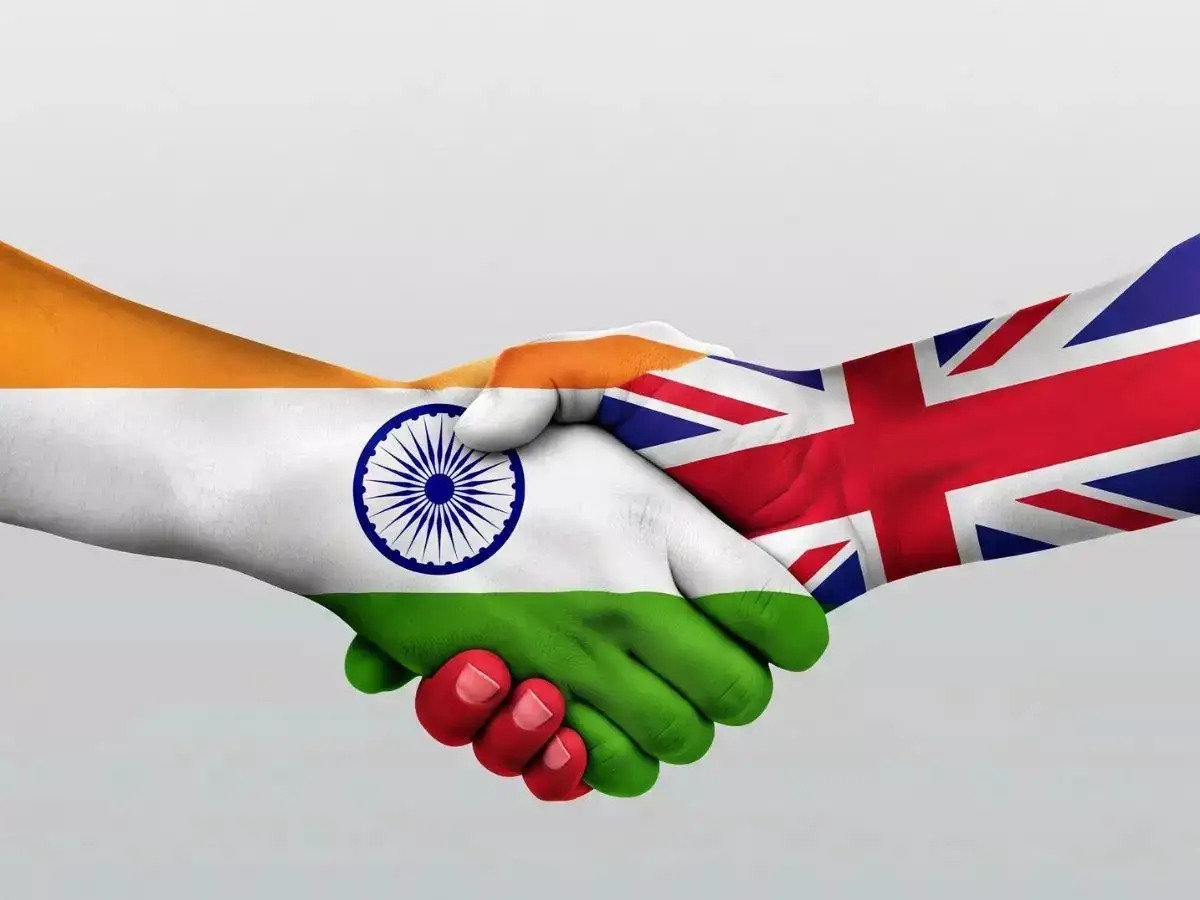 Image Source : The Economic Times
Image Source : The Economic Times
In a bid to accelerate progress on the long-awaited India-UK Free Trade Agreement (FTA), the Indian government has announced an ambitious plan to hold over 1,000 stakeholder meetings, workshops, and outreach programmes across the country. The initiative aims to build consensus, gather feedback, and ensure that the final trade pact reflects the diverse interests of Indian industries and communities.
Strategic Push For Inclusive Negotiations
The outreach campaign, spearheaded by the Ministry of Commerce and Industry, is designed to engage a wide spectrum of stakeholders. These include exporters, industry associations, MSMEs, academia, civil society groups, and state-level trade bodies. The government intends to use these consultations to identify sector-specific concerns, clarify the scope of the agreement, and align domestic priorities with the evolving contours of the FTA.
Key highlights from the announcement:
-
The campaign will span multiple sectors such as manufacturing, agriculture, services, and digital trade
-
Feedback from stakeholders will be used to shape India’s negotiating stance in upcoming rounds
-
The initiative is expected to enhance transparency and reduce resistance to the final agreement
The outreach effort is also seen as a way to preempt criticism and build political and public support for the pact, which has faced delays due to differences over tariffs, labor mobility, and regulatory standards.
Timeline And Negotiation Status
India and the UK have been negotiating the FTA since early 2022, with more than a dozen rounds of talks completed. While both sides have expressed optimism, sticking points remain in areas such as automobile tariffs, Scotch whisky duties, and visa access for Indian professionals.
Officials have indicated that the stakeholder engagement drive will run parallel to the final rounds of negotiations, which are expected to resume in August. The goal is to conclude the agreement by the end of 2025, aligning with the UK’s post-Brexit trade diversification strategy and India’s push for export-led growth.
Why The Outreach Matters
The scale of the outreach—1,000 events nationwide—is unprecedented for a bilateral trade agreement. It reflects the government’s recognition that trade deals are no longer confined to closed-door diplomacy but require broad-based consultation and buy-in.
The outreach will serve several purposes:
-
Educate stakeholders on the potential benefits and risks of the FTA
-
Address misinformation and build trust in the negotiation process
-
Ensure that vulnerable sectors are not adversely impacted by liberalization
-
Create a feedback loop that informs policy adjustments and safeguards
The government is also expected to use digital platforms, regional trade facilitation centers, and industry-specific forums to maximize participation and inclusivity.
UK’s Perspective And Strategic Interests
For the UK, the India trade pact is a cornerstone of its Indo-Pacific tilt and post-Brexit economic strategy. British officials have emphasized the importance of access to India’s growing consumer market, collaboration in fintech and education, and regulatory harmonization.
The UK is particularly keen on:
-
Reducing tariffs on premium exports such as Scotch whisky and automobiles
-
Expanding services trade, especially in legal and financial sectors
-
Facilitating smoother investment flows and dispute resolution mechanisms
India, on the other hand, is focused on securing better market access for textiles, pharmaceuticals, and IT services, while protecting sensitive sectors from abrupt liberalization.
Conclusion
The government’s decision to hold over 1,000 stakeholder engagements marks a significant shift in how trade policy is shaped in India. By prioritizing transparency, inclusivity, and responsiveness, the initiative could set a new benchmark for future trade negotiations. Whether it leads to a timely and balanced agreement with the UK remains to be seen, but the groundwork is being laid with unprecedented scale and intent.
Sources: Economic Times, Business Standard, Mint, Times of India, Hindustan Times
Advertisement
Advertisement




